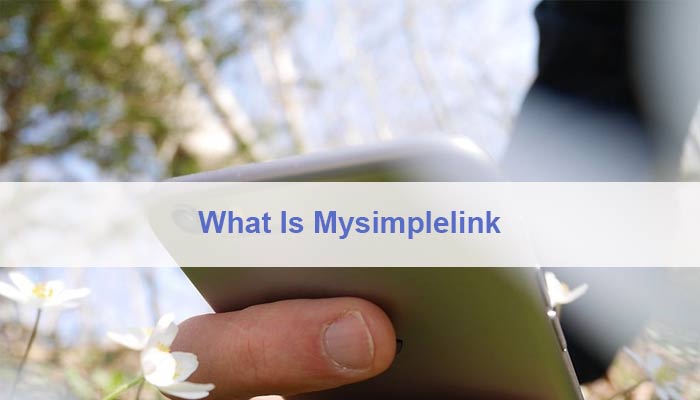Telecom frauds and hacks can cost businesses more than $29 billion a year. This figure keeps increasing as the number of frauds is growing at an exponential rate. SMS scams, specifically, can wreak havoc on a business. That’s why identifying these activities and implementing preventive measures to avoid them should be every business’ priority.
People tend to open SMS faster than emails. Not only that but SMS has a higher response rate than other forms of communication. This makes it one of the most profitable channels for businesses. But before you incorporate it into your marketing strategy, here’s what you should know about the common types of SMS attacks.
Common Types of Text Spam:
The most common type of SMS attack that’s been reported in large volumes annually is spam. You may have noticed marketing emails landing in the spam folder in your inbox. Well, most of these are for promotional purposes, such as a company asking you to try its newly launched product or enjoy a free trial for its updated software.
However, in some cases, an attacker can send spam messages that may trick users into revealing their personal information, like their names, address, and bank account information. These messages look like “Click on this link to win a whopping cash prize” or “Give your bank details to get the cash prize in your account”, and so on.
Types of Phishing Attempts:
Phishing has become a common practice for individuals and businesses. It’s the easiest way to scam people but looks so authentic that a majority of non-tech-savvy individuals fall prey to it. A hacker can send a malicious link or a code through SMS. They pretend as if they are a trusted user and the link they’ve shared is authentic.
The moment you click on the link, your account data will be leaked to the hacker. Unfortunately, there is little you can do to differentiate between a legitimate and a fraudulent SMS. Check for punctuation errors, a weird URL, or typos. Anything that seems strange might indicate a phishing attempt.
Social Engineering
Similar to phishing, a social engineering attack involves a fraudster gaining unauthorized access to your company’s sensitive database. A fraudster hijacks the login credentials of an authorized user to get quick access to the user’s account. For instance, an attacker can target an IT technician’s account to access an active directory and control the company’s network.
A social engineering attack can be conducted on several platforms, but SMS is the most common one. A fraudster can trick one of the employees from your firm to leak sensitive data, such as customers’ information or their login credentials. Also called SMS originator spoofing, this kind of SMS scam looks like a text sent by a family member, friend, colleague, or another trusted party. Once you act on it, your confidential data will be exposed to the attacker.
Grey Routes
Businesses have found grey routes as an effective and cheapest method to send bulk messages at once at a small price. While that may seem tempting, grey routes are not authorized networks. This means there is a high risk of your personal data getting leaked to third parties. The risk of fraud in such messaging methods outweighs their benefits. You wouldn’t want your sensitive data to be leaked just because the messages are transferred over unsecured networks.
SIM Swap Fraud
Sim Swap is a less commonly occurring yet highly devastating fraud that can take place through SMS or calls. It is just like phishing, but it’s a little trickier and involves technical expertise. The fraud exploits two-factor authentication or verification that takes place over call or SMS.
The attacker might port the target’s phone number into their device and receive all messages and calls that the user gets. They also get the verification code for two-factor authentication, resulting in an SMS scam. Although these attacks don’t occur frequently, they can cause serious damage to the user.
SIM Farms
The second costliest form of SMS attacks, after message spam, is SIM farms. It’s the same as grey routes. The marketer might use an unauthorized and unsecured channel to send text messages in bulk to their audience.
These messages might get leaked to the attackers, giving them unnecessary access to your sensitive data. Any kind of low-cost marketing strategy that guarantees quick and cheapest text service to the customers is usually insecure. Make sure you double-check the network’s security and authorization before taking any step.







